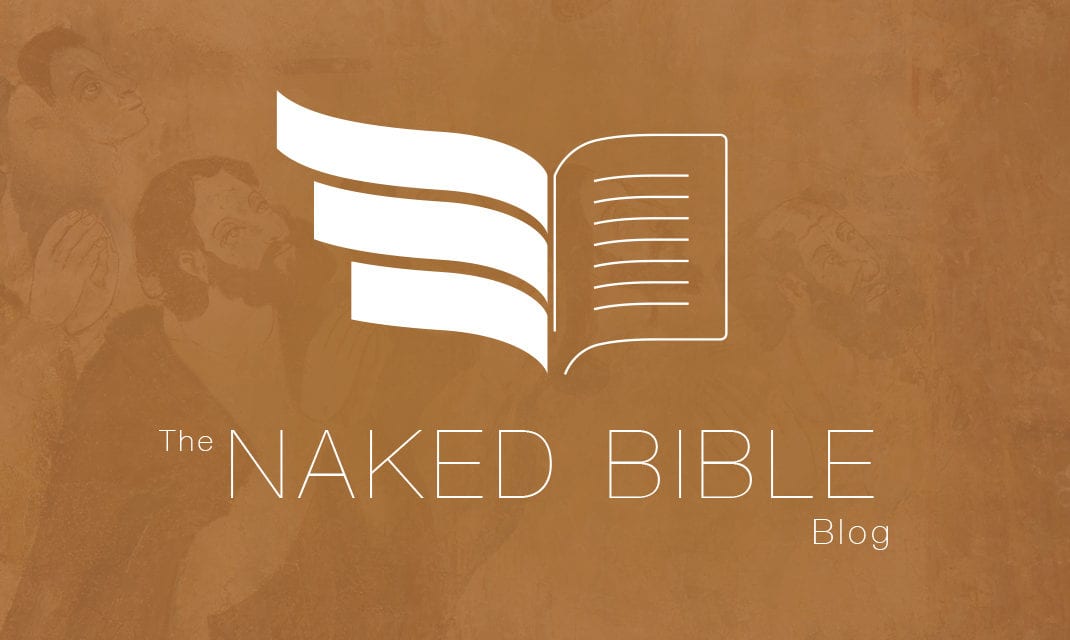That’s right, the Septuagint.
You can read all about this exciting development over at the Logos blog in a post written by Mike Aubrey (who also blogs on Greek elsewhere).
This is just another example of how Logos Bible Software is striving to be ahead of the curve and on the cutting edge. I recently posted a notice on another Logos product, Learn to Use Biblical Greek and Hebrew, which I participated in producing.
The juxtaposition of these two products should make an obvious point, but some cannot grasp the obvious. Logos seeks to make different products for different users. I mention this for a reason. While Learning Greek and Hebrew has become the all-time most successful single product Logos has developed, it has detractors. You can read here and there where an isolated blogger doesn’t recommend our software because it changes the way Greek and Hebrew are taught, or that it gives the masses too much access to the languages, which means they’ll be dangerous. Makes me wonder at what point these sorts of language teachers truly trust the work of even their own students in the text (after one year? Two? Three? — more likely they don’t trust anyone who doesn’t advance beyond the M.Div., but won’t say that out loud). This sort of posturing and bluster ends up deflecting people away (scholars, no less) from important projects and tools like syntax databases and graphs for the Septuagint — a first in koine Greek research. I think that’s the definition of disservice. If your field is Greek and you want to steer your colleagues away from this tool, then at least we know who isn’t advancing the field. It’s time to take the head out of the sand and realize that different approaches and products for different audiences makes sense.





Thanks for your work and the balanced approach you take.
Thank *you* Mark for being willing to try new things for your students.
And don’t forget about the syntactically analyzed Apostolic Fathers! http://www.logos.com/products/prepub/details/6617
oops – sorry I didn’t give the AF some love there.